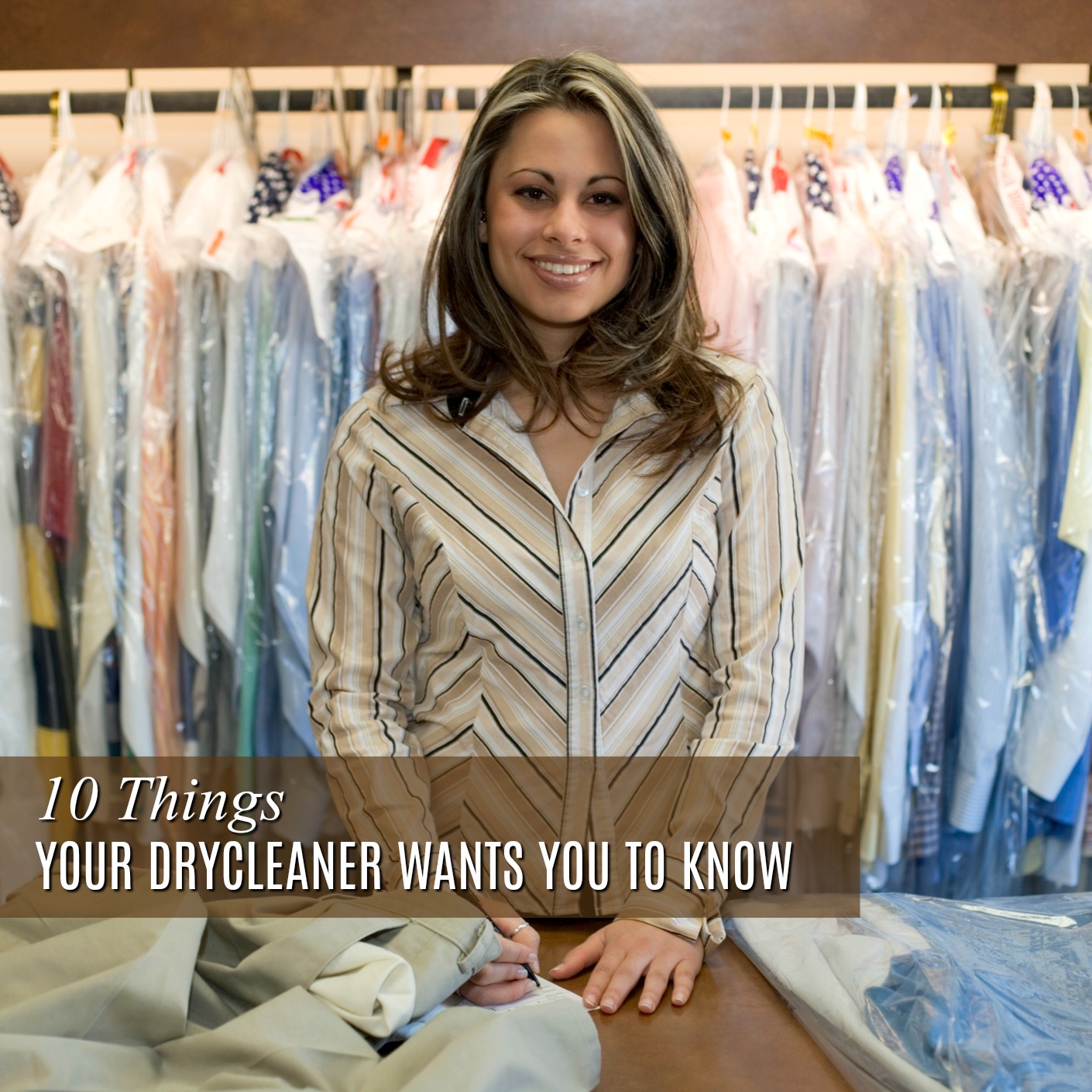
If you love quality clothing, then dry cleaning is a necessary evil that will ensure your clothes last and maintain their beauty.
Recently, I chatted with John Murphy, joint owner of Penguin Dry Cleaners which has been family owned for 69 years and is renown for the care they take and the minor miracles they achieve.
As the saying goes, knowledge is power, and when it comes to dry cleaning, a little knowledge can greatly improve your dry cleaning results, especially if there’s a stain involved.
So here are 10 things John wants you to know on behalf of his colleagues:
1. Honesty is the best policy.
When your dry cleaner asks you where that stain came from, PLEASE TELL THE TRUTH. John could not emphasize this enough. Whether it’s blood, food, wine, or whatever, it won’t help your cause and it won’t help your dry cleaner if you’re not upfront about where that stain came from. Apparently, people lie about stains a lot. However embarrassing your reason may be, it’s probably not worth ruining your favorite dress.
2. The plastic bag is not meant for long-term storage or use.
While it might be tempting to just stick your dry cleaning at the back of your closet, resist the urge. The plastic bag that’s used to cover your clothing is only meant to protect your clothing from stains and damage while being transported from the store to your home. These plastic bags aren’t meant to sit in a closet for prolonged time periods. In fact, the plastic will accumulate moisture and eventually damage the garment.
3. Just because it “looks” clean, doesn’t mean it is.
Sometimes when we take off our clothes at the end of the day, we give each item the once-over and if we assume it’s clean we put it back in the closet.
This is a no-no. According to the John, perspiration and the natural oils within your body will attract insects and/or moths. Also, these seemingly invisible stains caused by our body secretions can and will oxidize over time and turn into stains. So, every few wears, have the item cleaned and definitely do not store it away until you’ve had it cleaned or laundered.
4. Time is not on your side when it comes to stains
Whenever you take a spill, get your clothes to the dry cleaners STAT. Time is of the essence when it comes to stain removal. Simple stains can get stubborn when it is given time to oxidize. Oxidizing is when the chemicals within the stain react with oxygen. When this process occurs, stains become set within the fabric and become hard to remove. It might be easy to just forget about stains but trust us when these stains yellow and permanently damage, you’ll be wishing you took that 10-minute drive to drop it off at your neighborhood cleaners.
5. On that note, trust the pros with stains.
Especially when it comes to dry clean only fabrics, it’s a bad idea to attempt some DIY stain removal. However simple you think the stain is; it’s best for you and your clothing to send the item to a professional cleaner. DIY stain removers and/or home stain treatments may just end up ruining your clothes, and by the time you take it to the cleaners, there’s no turning back. Many home remedies often end up discoloring the fabric.
6. Inspect your clothing carefully after you wear them.
Even when you think you’re survived that birthday party stain-free, it is worth the time and effort to inspect your garment prior to either storing it or putting it in the wash. Sometimes, we inadvertently stain our garments, or at times, we spill a little something on it and forget at the end of the day. Check and double-check your clothing so that you don’t get surprised with a yellowing mark the next time you take it out of the closet.
7. Return the wire hangers, don’t use them
Professional cleaners use wire hangers because they’re inexpensive and are only designed to carry your clothes from pickup to closet. When you arrive home, for your clothes sake, transfer them out of the plastic and onto proper hangers. Wire hangers aren’t designed to hold heavy garments like coats and can damage sweaters and more delicate fabrics. I’m sure you’ve witnessed the ugly dents they can leave in the shoulders of garments.
8. Light exposure can cause damage too, just like moisture.
Everyone is mindful of moisture when storing clothes, but you don’t normally consider light as a damaging factor to clothing. Prolonged exposure to light can discolor the fabric of your clothes, so make sure you don’t leave that closet light on or store your clothes on a rack near an area that gets a lot of sunlight.
A person testimony to this, is several years ago I drove 10 hours in the middle of Summer to a wedding with my 100% silk dress hanging on the hook above the window of the rear passenger door. When I arrived and put the dress on I found that the area of the dress that had been facing the outside was badly faded and ruining the dress – which I had no option but to wear.
9. Don’t dry clean clothing sets separately.
We understand that when you wear separates, it doesn’t wear or stain equally. But you shouldn’t send your skirt or slacks to the cleaners without sending the matching blazer, too. This may seem counter-intuitive, but when you only clean one piece out of the set, the one that gets dry-cleaned more changes color over time then the set won’t match anymore.
10. Reinforce or cover buttons.
Loose buttons can get caught in the machines. If you don’t have spare buttons for your garment, replacing a lost one can be a nuisance so, if you want to save yourself time and money, check your clothes for loose closures before even heading to the cleaners and repair it yourself. If you have a great relationship with your cleaners, they may even offer to do this minor mending for free. If you lack sewing skills, don’t fret. Most dry-cleaning shops offer a great price of small fixes like this one.
Likewise, if you have delicate or special buttons John suggests you remove them before dry-cleaning, or at the very least cover them snugly with foil. His company has special covers they use for special buttons.
Want More?
If you enjoyed this week’s feature
please like it on Facebook or Instagram
or leave a comment/question below.
Thank you.
Ann Reinten AICI CIP
Author
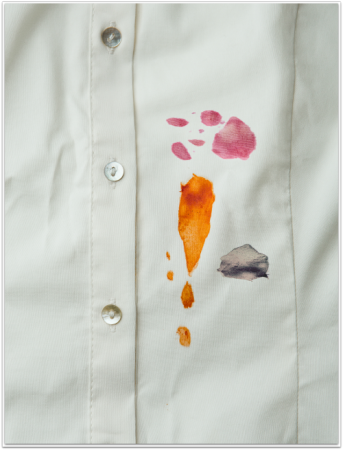
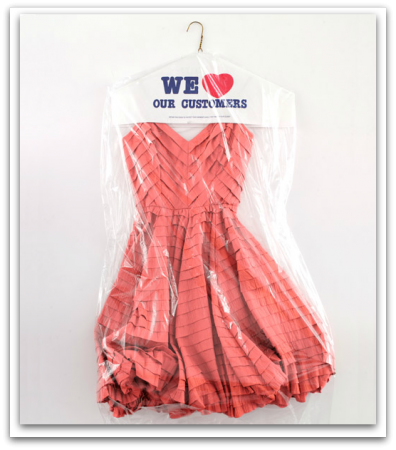
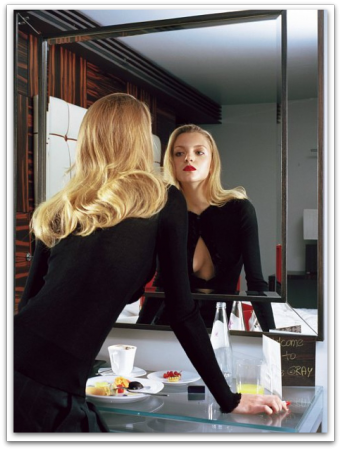
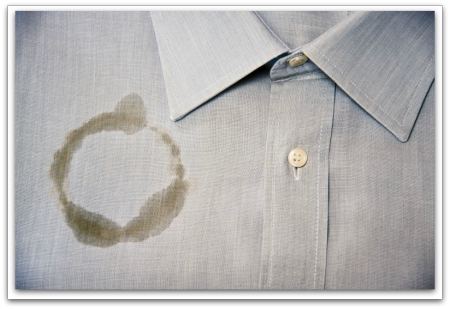
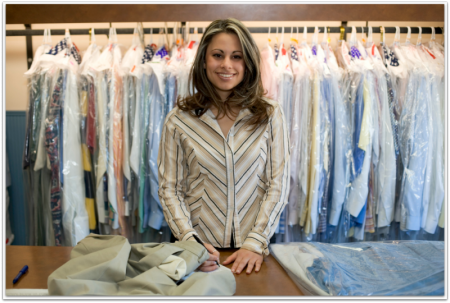
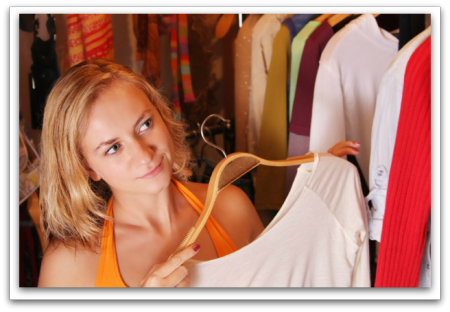
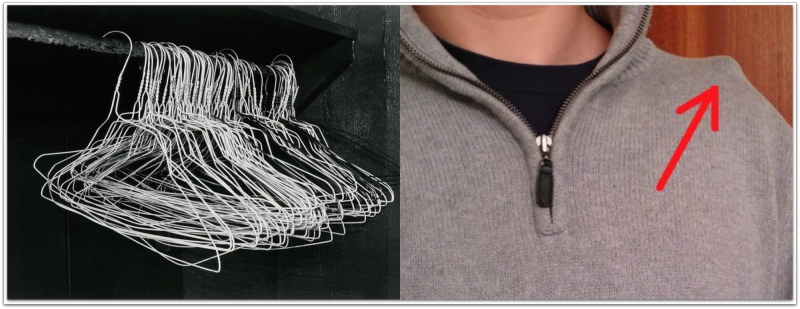
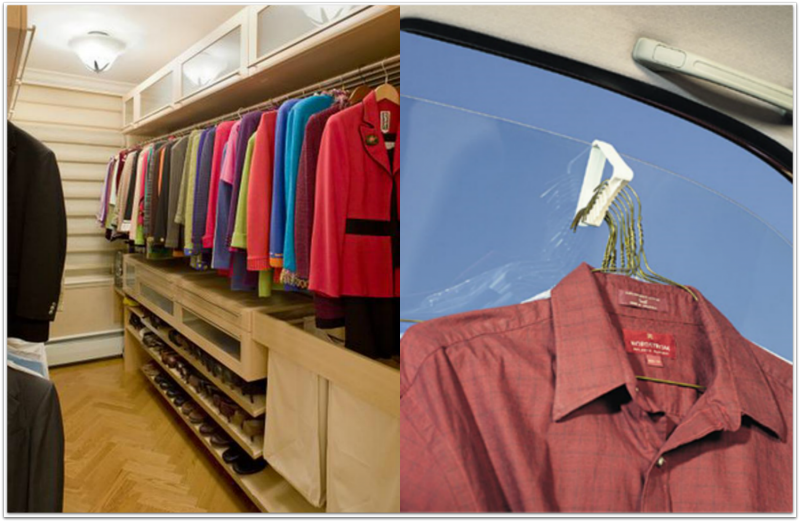
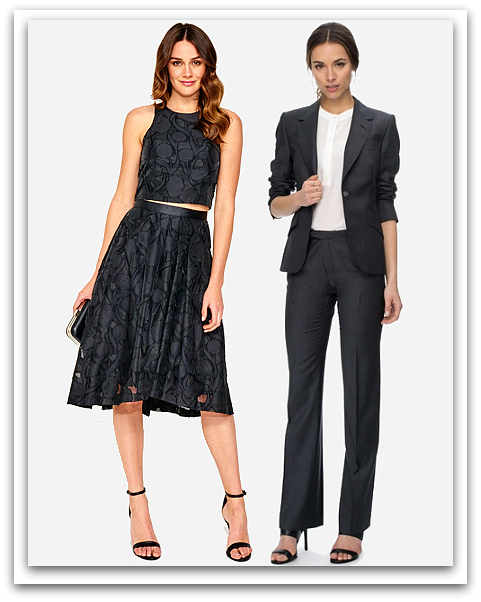
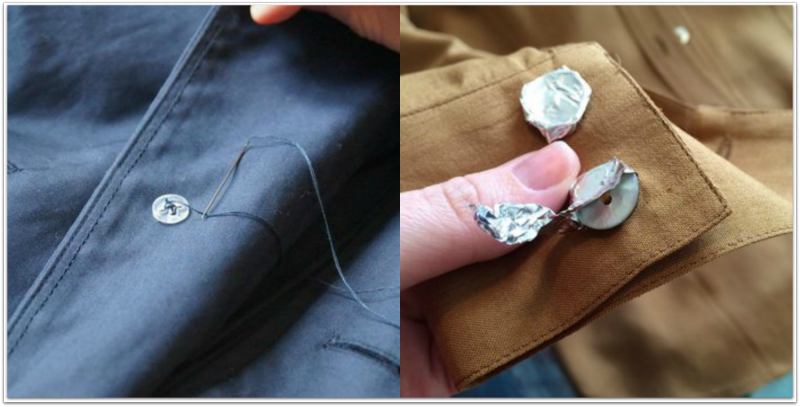

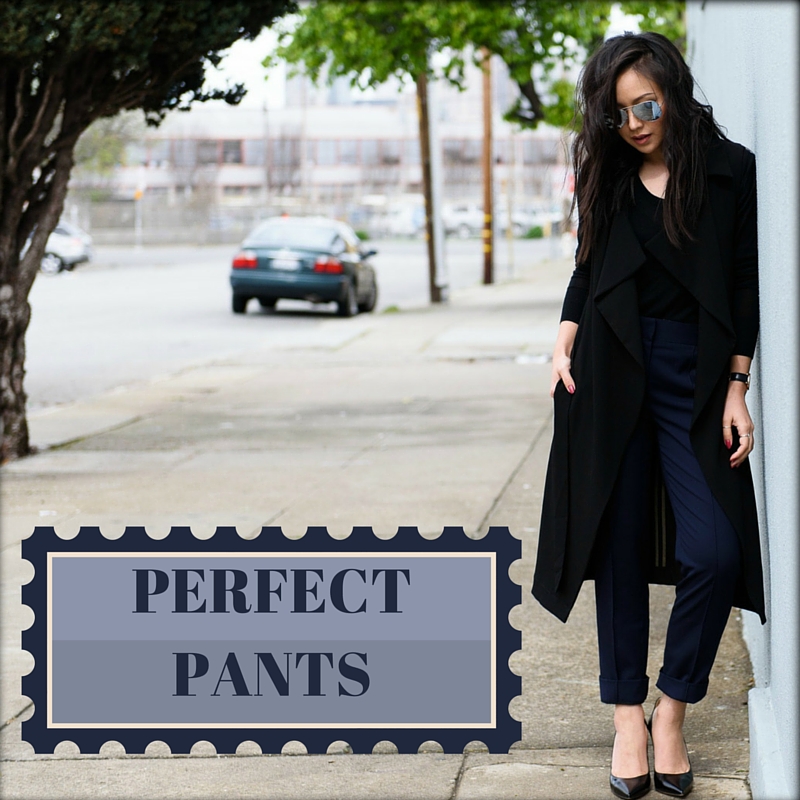
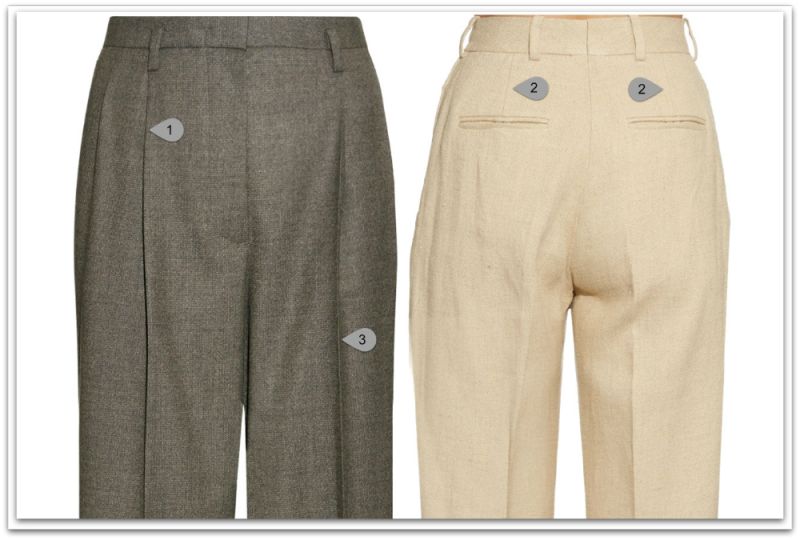
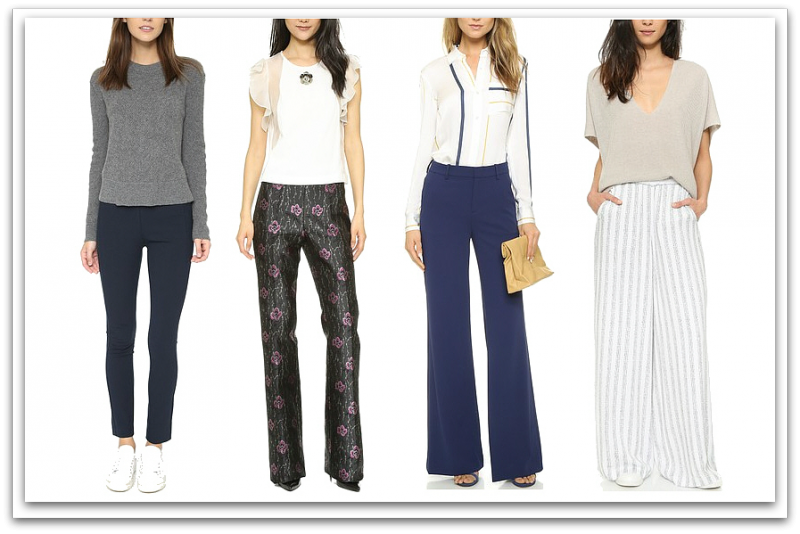
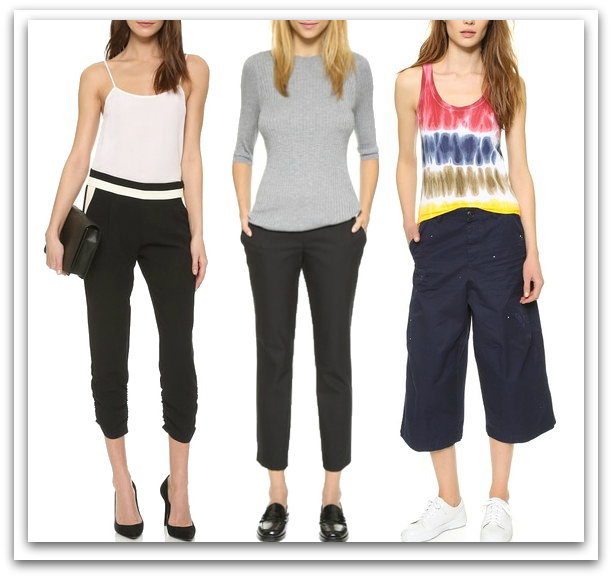
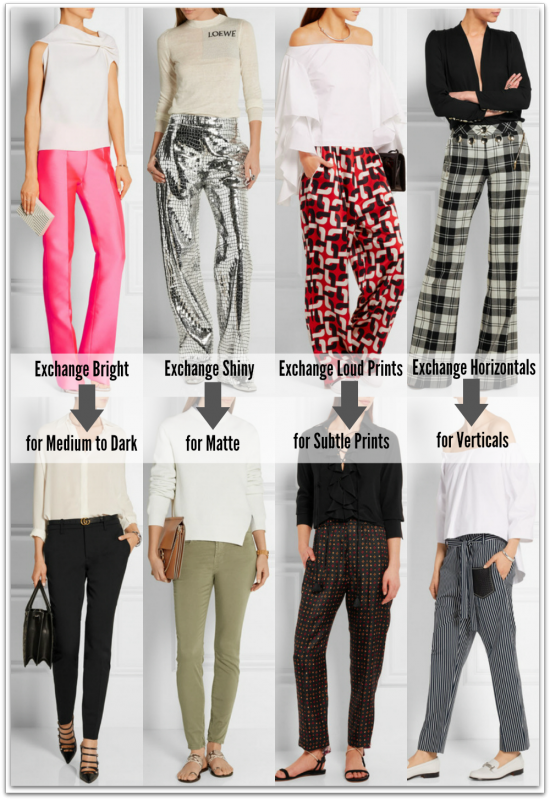
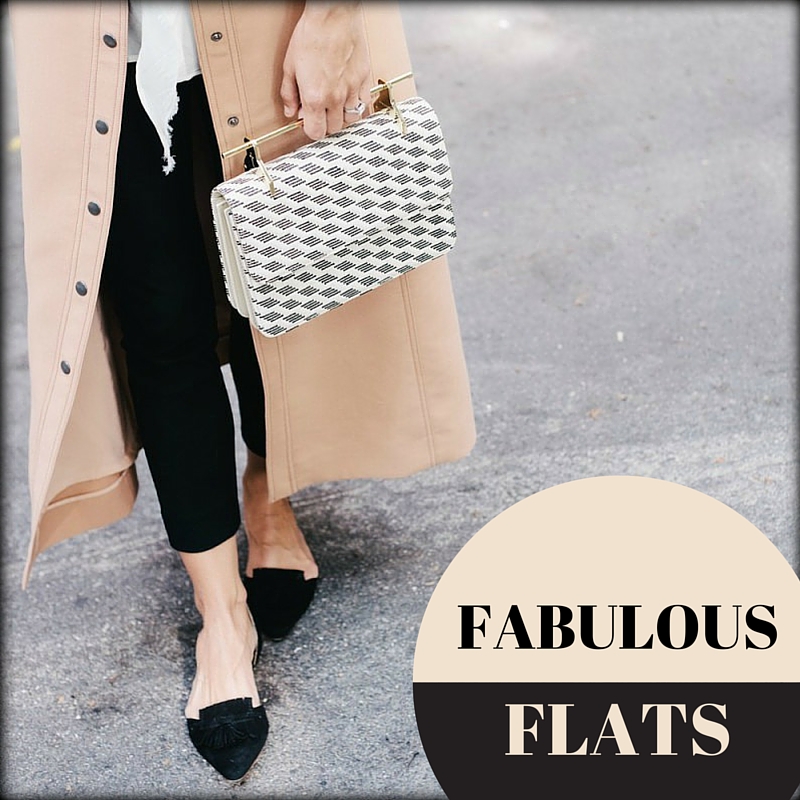
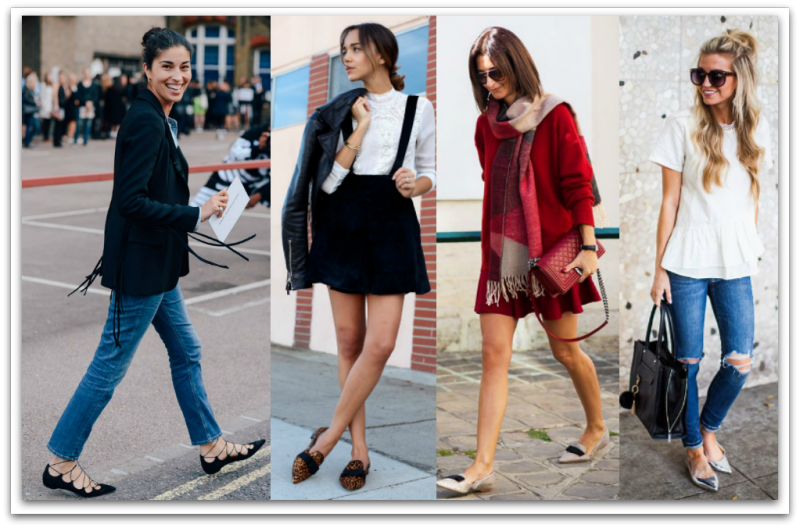
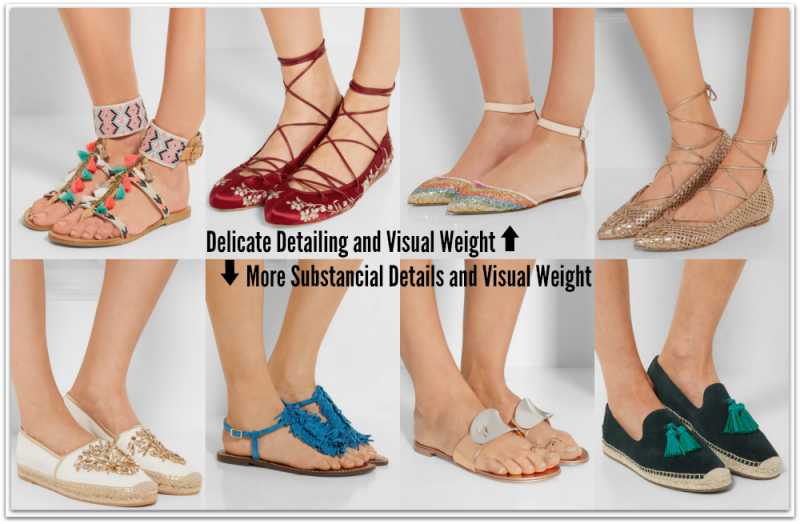
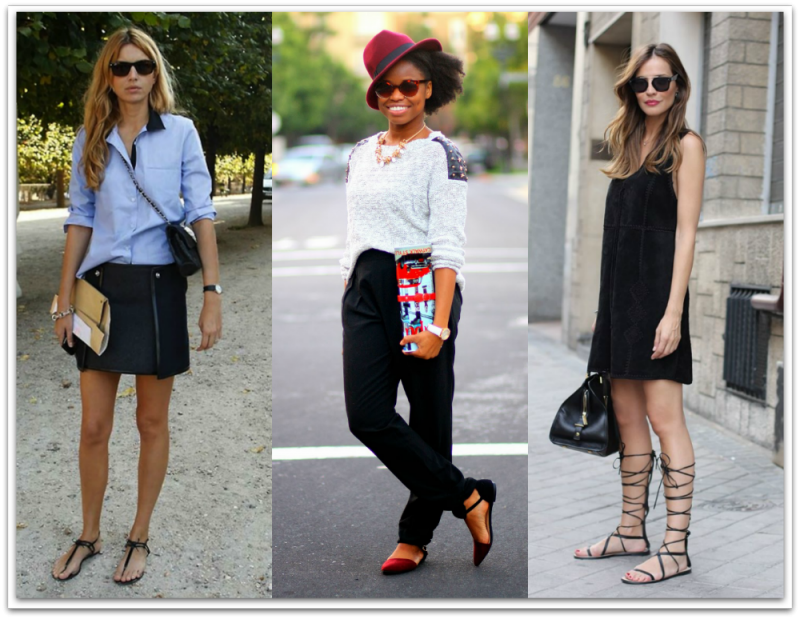
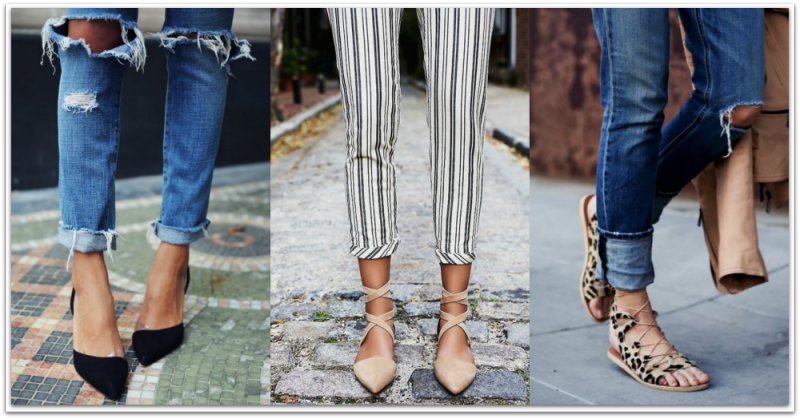
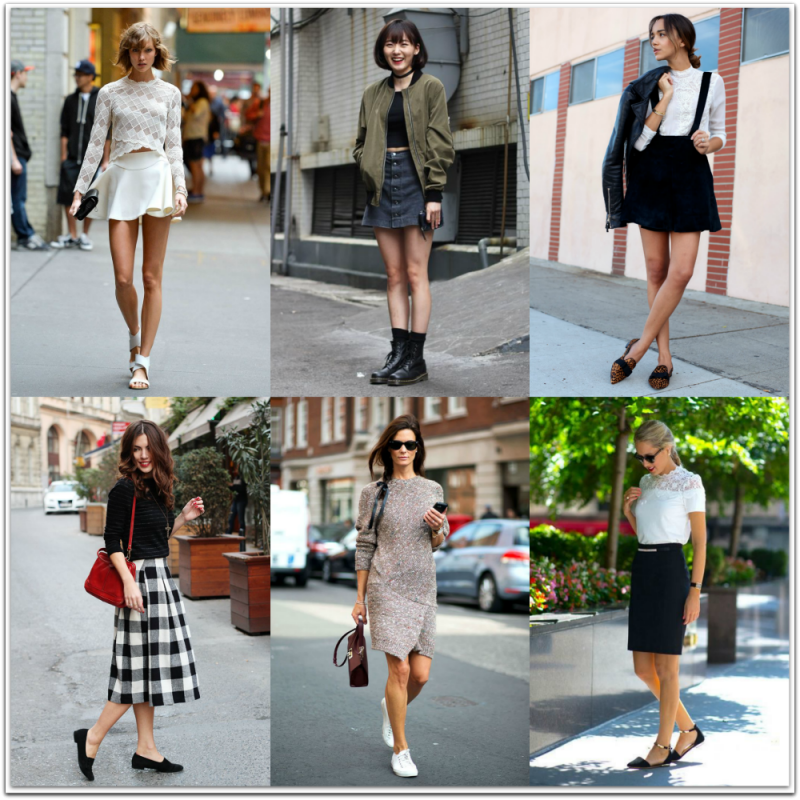
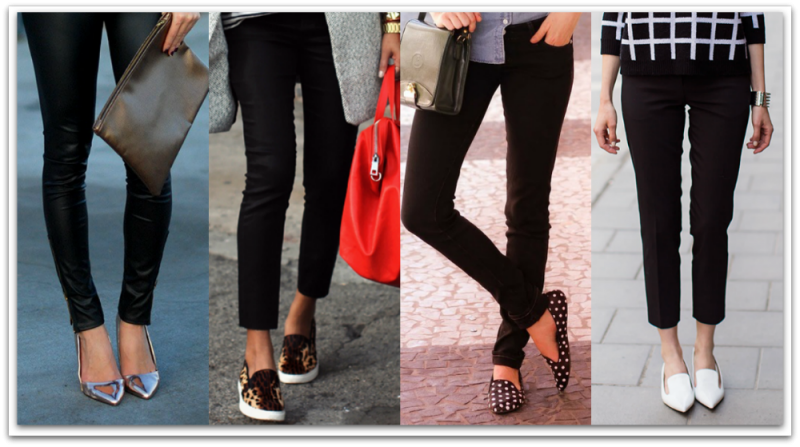
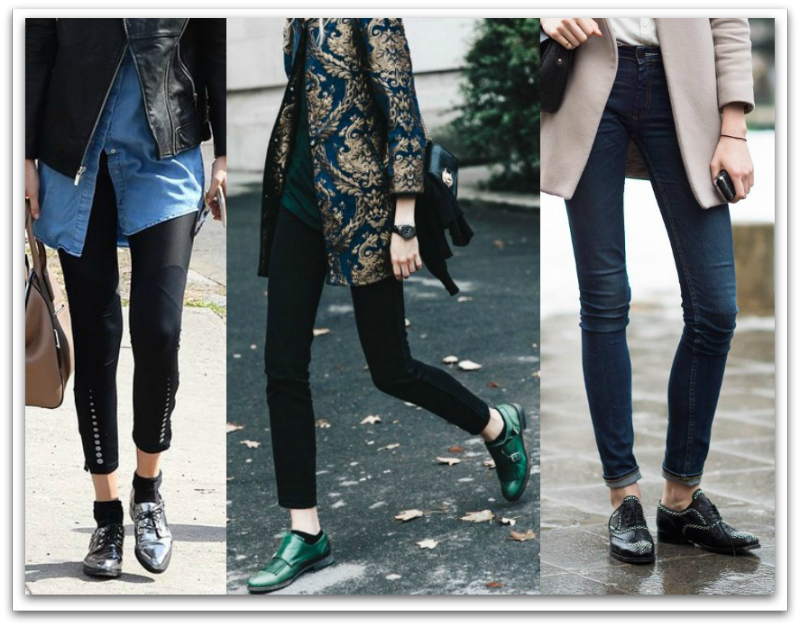
Recent Comments